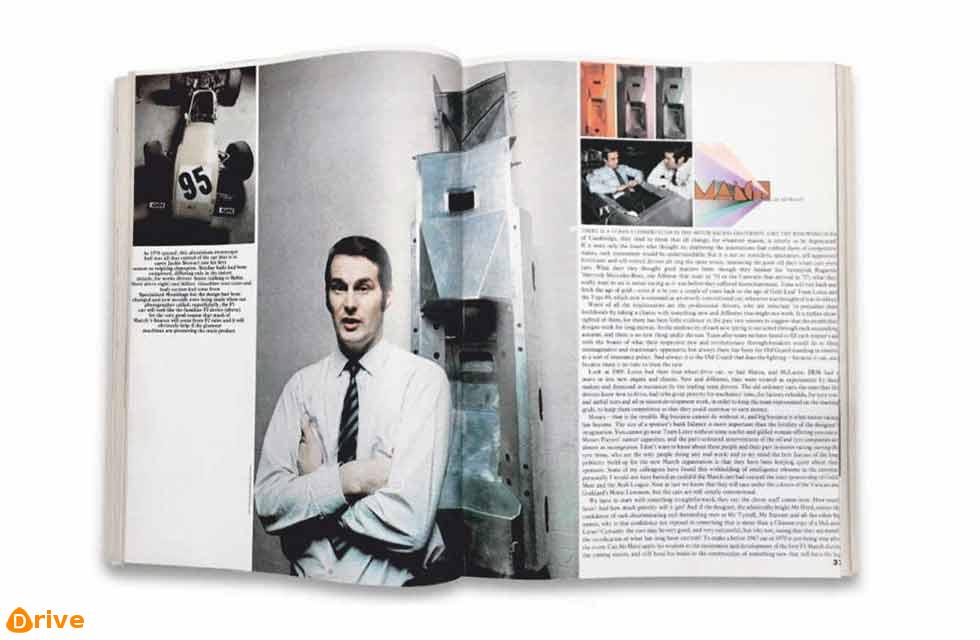How F1s costs could be reduced while keeping it competitive troubled CAR in 1970, but a new outfit had a bold solution…
50 years ago today
Looking back without hindsight
“A sponsor’s bank balance is more important than the designer’s imagination’’
February 1970’s issue of CAR saw LJK Setright take issue with the effects sponsorship was exerting on Formula One budgets. ‘Money – that is the trouble. Big business cannot do without it, and big business is what motor racing has become,’ he fumed. ‘You cannot go near Team Lotus without some scarlet-and-gilded woman offering you one of Messrs Players’ nastier cigarettes, and the parti-coloured interventions of the oil and tyre companies are almost as incongruous.’ And yet, there was hope on the horizon. Setright paid a visit to an all-new organisation determined to do F1 differently – March.

The brainchild of Max Mosley, Chris Amon, Alan Rees, Graham Coaker and Robin Herd, March launched unexpectedly into F1 after less than a year supplying F2 chassis. Backed by Herd’s combination of scientific precision and a demystified, no-nonsense approach, March promised competitive cars for customers to buy at a sensible price. Utterly conventional by design, they would leave the likes of Lotus to their hit-and-miss experimentation.
And March had just landed an extremely demanding customer for its first commercially-available monocoque – the reigning 1969 F1 champion constructor Ken Tyrrell, whose arrangement with Matra had just fallen through. Setright spotted March’s advantage, but predicted problems, ‘A vital part of their selling proposition is that they will have nice Cosworth- Ford V8 engines of the sort that everybody knows and trusts… Young Mr Stewart, for instance… But the engine is getting long in the tooth. In another year it could possibly be a back number, and then it would be too late for March to enter the lists.’
Jackie Stewart never liked the March 701, but it made an impressive showing for an untried car in a debut season, with ten podium finishes. Six teams ran them, and the first customer on March’s doorstep for 1971 was Frank Williams.
Although March’s star quickly faded in F1’s shop window, success in other formulae was staggering, including five Indianapolis 500 wins in a row. What’s more ironic about Setright’s comments is how wrong he was about the Cosworth DFV. Its availability as a customer powerplant made F1 as affordable for privateers as March’s chassis, prompting a golden age of experimentation, prolonged by the adoption of ground-effect tunnels which rendered more advanced flat-12s ineffective. In 1975 and 1980 DFV-powered cars won the Le Mans 24 Hours, and Keke Rosberg’s 1982 F1 World Championship – the DFV’s 12th – was seized for early March customer Williams.





